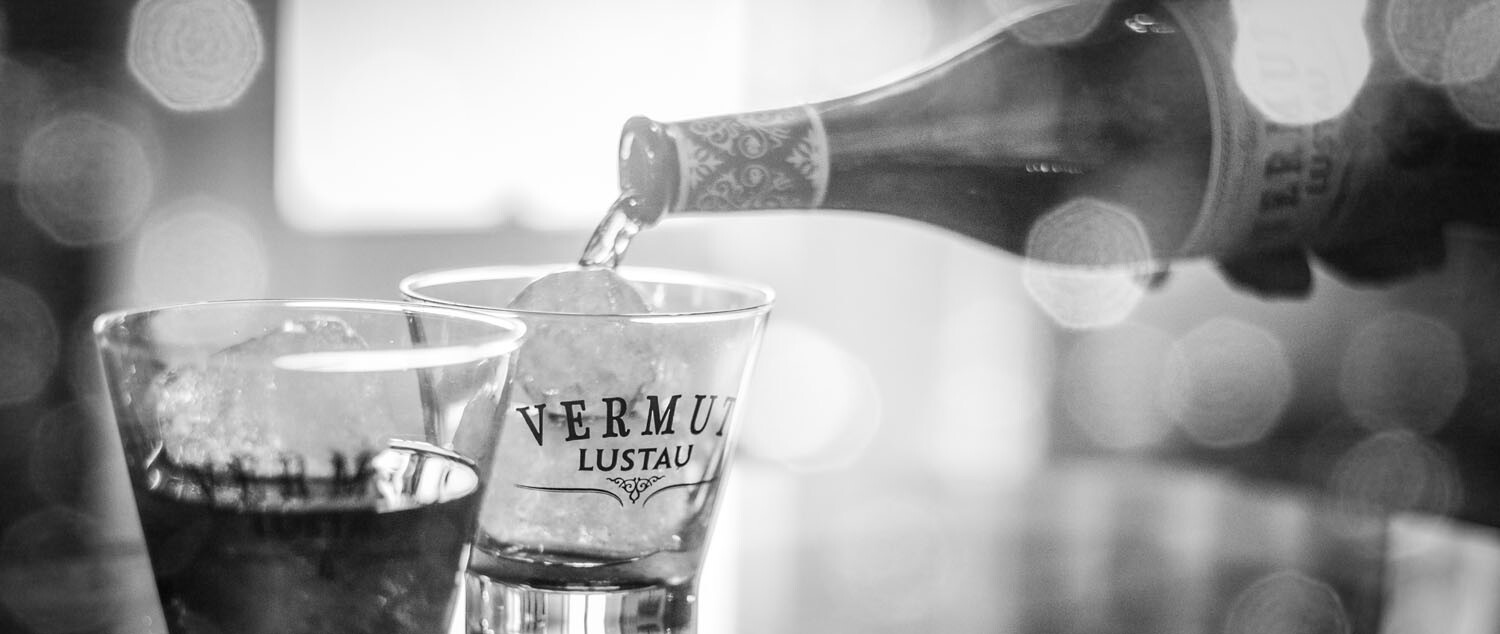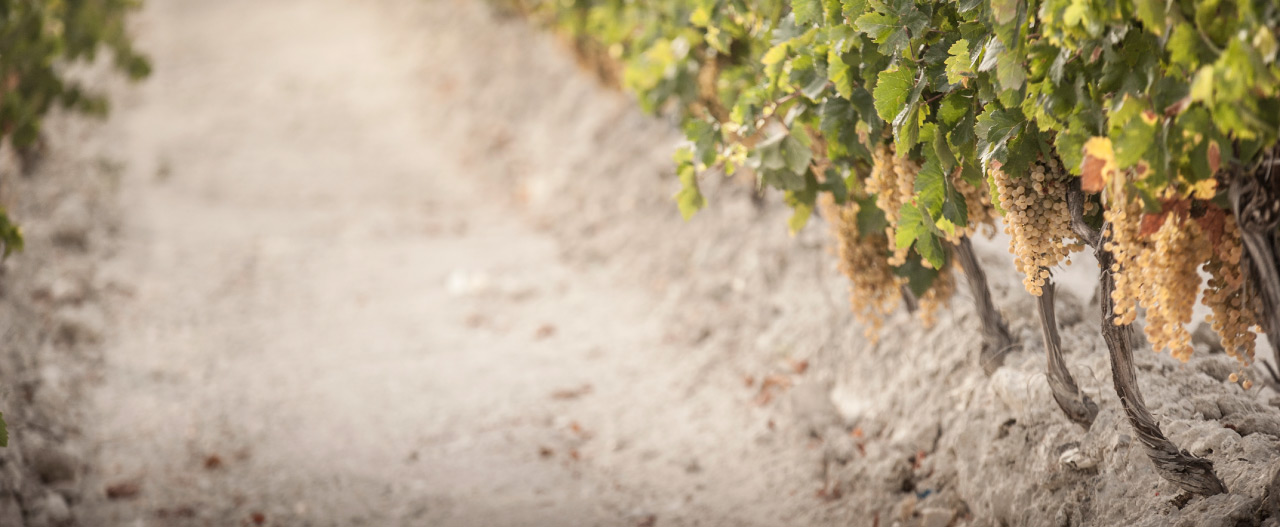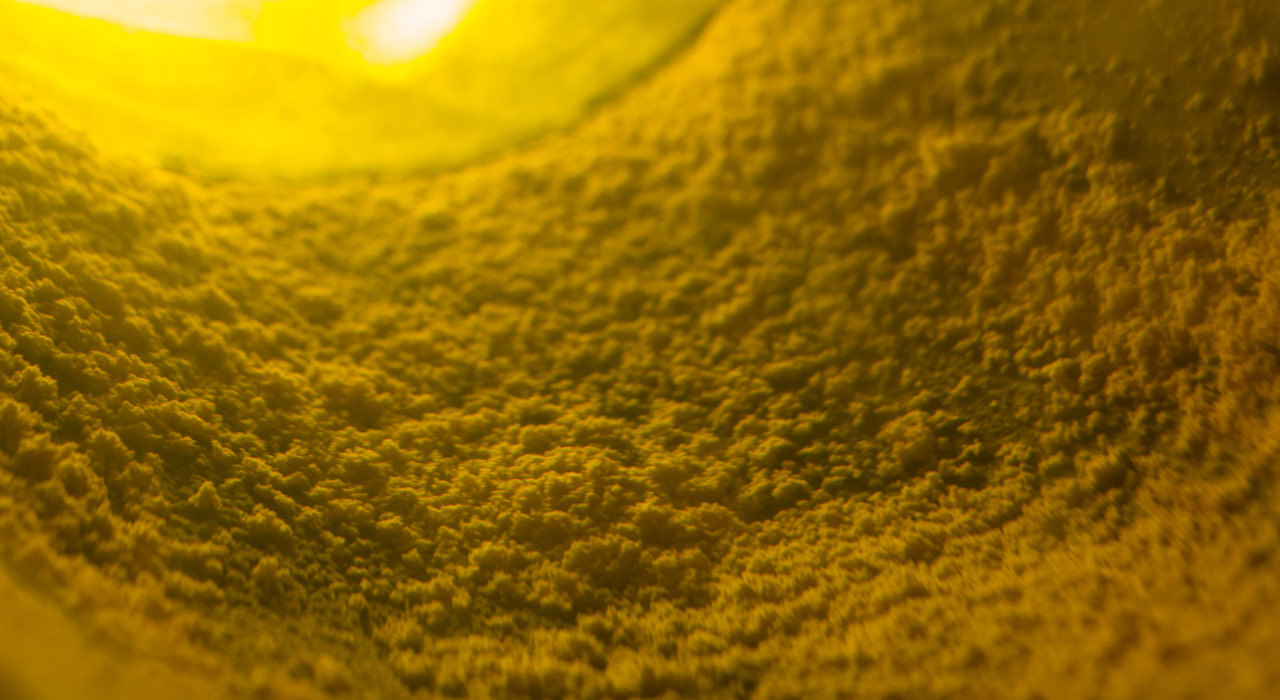A dedicated space for wine lovers to explore the wonder that is sherry. On this section you can also improve your knowledge about sherry wines with relevant stories and featured articles posted every month by culinary and mixology experts, big names in the industry and key opinion leaders. Scroll down to find some inspiration, fresh knowledge about any solera system product!
- Shop
- Visit Us
- SOLERA STANDOUT
- News
-
Cart
Delivery 48/72 hoursShipping to Spain mainland and Baleares from € 5 (free from € 90)
-
-















